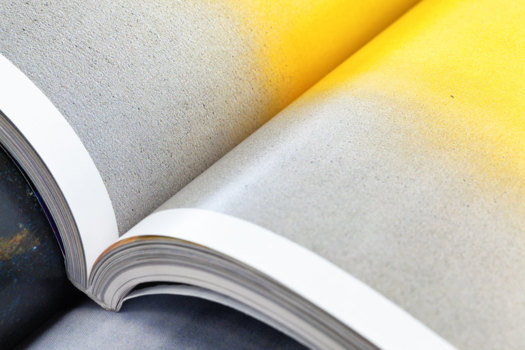Thomas J Wise (1859-1937) was the perpetrator of the infamous scam. He was a respected bibliophile (and covert biblio-klept) who scaled the professional heights to become president of the Bibliographical Society and a member of the Roxburghe Club. His library concentrated on first editions of the Romantic poets and on texts from the literary wing of the Pre-Raphaelite movement. It was sold after his death to the British Museum for £66,000 and given the name Ashley Library after a road in which Wise once lived.
His forgeries consisted of pamphlets containing excerpts from previously published books, but ascribed to earlier and spurious dates to create fraudulent first editions.
Over 50 forgeries of this kind were sold to unsuspecting collectors and libraries. Eventually John Carter and Graham Pollard, the notable bibliographers, unmasked the swindle in 1934 through forensic research.
Richard Clay & Sons of Bungay printed all the forgeries, albeit arguably duped by the cunning of Wise.
Ultimately, the deception was detected by paper pulp and type characters being employed anachronistically.
Lawrence Wallis held international pre-press marketing positions and was a respected author and print historian.
Wise forger proves crime does pay
Counterfeiting cells, busily forging currency notes, arouse much interest when unearthed. Another popular target for fakery is statutory documents. One of the most notorious acts of forgery involved neither of these products, but rather literary works of the Romantic poets of the 18th and 19th Centuries.






